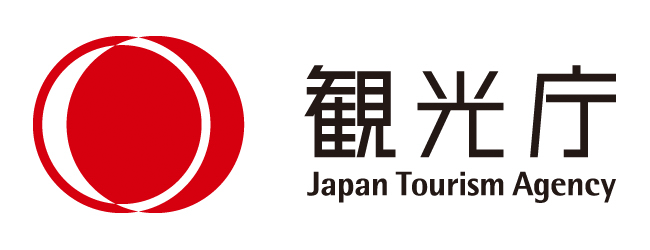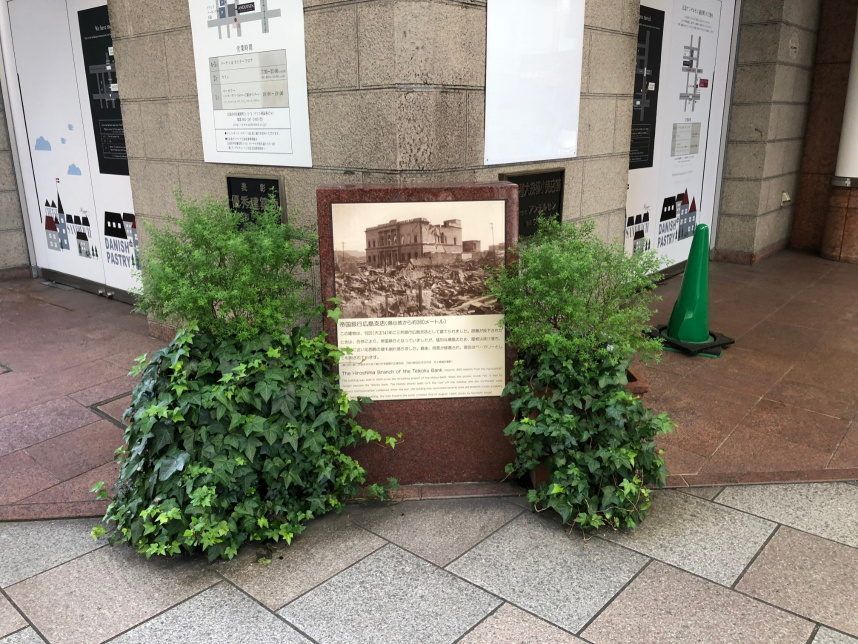 Commentary from Japan Tourism Agency
Commentary from Japan Tourism AgencyHiroshima Andersen
Table of Contents

Hiroshima-born Andersen is one of Japan’s best-loved upmarket bakery brands, and a longstanding favorite for baked goods. The Andersen story began in a building in the Hondori shopping district—a building whose own tale is entwined with that of the August 1945 atomic bombing. Originally constructed in 1925 to serve as the Hiroshima branch of the former Mitsui Bank, it instantly became a local landmark thanks to its stately, Renaissance-inspired design. Doric columns dominated the front entrance, complemented by arched veranda windows. The outer walls were made with stone from Okayama Prefecture, and the inside walls from Italian marble. The structure was supported by reinforced concrete, now a staple of Japanese architecture but new at the time.
In 1943, the premises became the Hiroshima branch of the Imperial Bank as the result of a merger. When the atomic bomb was dropped in August 1945—its hypocenter just 360 meters from the bank—the building was completely burned and severely damaged by the blast. Most of the west wall, which faced the hypocenter, collapsed.
After extensive reconstruction was done on the building, the Imperial Bank returned to the premises in 1950. Thereafter, several banks used the building until 1967, when it was acquired by the local Takaki Bakery. Andersen Bakery was born that same year, the vision of founder Takaki Shunsuke, who had been captivated by Danish-style pastries while studying in Europe. The Andersen bakery grew to become a household name, with the original branch undergoing several major renovations.
